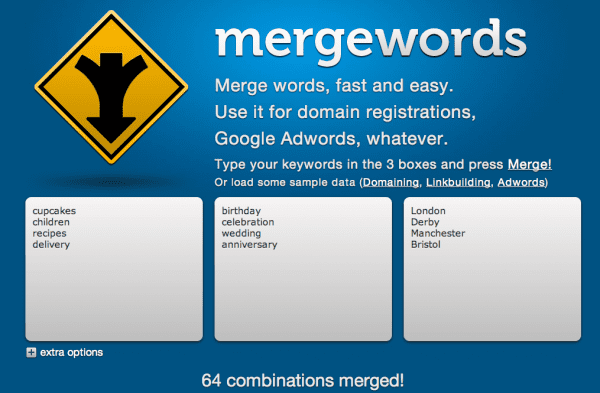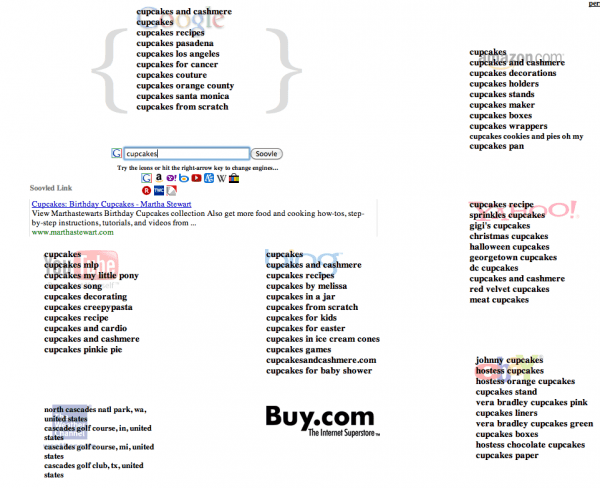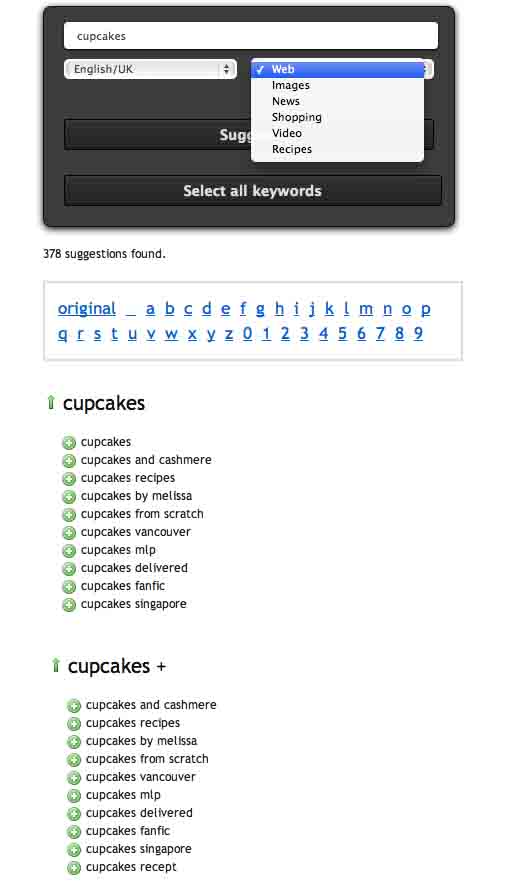In March I covered how one can start to evaluate and forecast the potential benefits of SEO by considering the possible traffic volume that individual keywords and phrases can drive to your website based on CTR in the SERPs.
Whilst it’s important to build the case for using SEO and to develop keyword lists as a result, it’s also important to understand different customer behaviours and to group them as part of your keyword strategy. This helps to set targets, audit performance and provide ideas for content development. Content may be king but it’s essential that the right content is created for the right audiences.
By establishing the type of search behaviour exhibited by consumers, you can start to consider not just the different types of content you might need to produce but also where this content will fit within your site, the necessary landing pages based on what stage in the purchase funnel the consumer is in and the priority based on conversion rate.
Helpful tools
There are a number of free tools on the web that you can use in order to start creating keyword lists based on consumer behaviour and intent. The goal is to create a set of behaviour-based lists that you can then use to start feed into Google's keyword tool to refine further.
This simple tool helps you to brainstorm new phrases by merging keywords using up to three terms to create new combinations automatically.

Whilst it may not be the most sophisticated tool available, if you have a variety of different keyword combinations and need help putting them together to form possible phrases, Mergewords is a handy tool to get you started.
This is a search suggestion box that informs you of related search patterns from eleven key search sources, inlcuding Google, YouTube and Bing.

The cool thing about Soolve is how it links suggestions to different search sources, thus providing insight into the phrases that are likely to work best on particular channels. Whilst location based phrases (such as 'cupcakes Manchester') might work better for search engines, informational phrases (such as ‘how to decorate a cupcake’) might be more appropriate for something like YouTube, where searchers are looking for more practical, visual sources of information.
Übersuggest is an extended version of Google Suggest (the related terms that appear when you type into the Google search box) and what’s really helpful is that when you search for a keyword it will add a suffix for all letters in the alphabet and give you related terms associated with each.

Übersuggest allows you to quickly and easily build a set of keyphrases, both short and long-tail based on a range of different user behaviours.
If you’d like a more detailed run-through, I’d suggest you check out Chris Soames’s post from March 2013 .
Techniques for understanding search journeys
As well as using a number of helpful tools to brainstorm keyphrase ideas, there are also useful techniques you can use in order to identify users’ possible ‘search journeys’.
Whilst short-tail phrases attract more volume of searches, they are far less goal-oriented and therefore convert much lower than longer, more transactional terms that consequently have less volume. The key is to identify the right mix of relevant short and long-tail key phrases for your business and attribute the correct consumer behaviour to each.
Continuing with the example I’ve used in this post, ‘cupcakes’ can be considered to be the ‘root’ term. This can then be refined and expanded on by adding extra words to build more purposeful, long-tail key phrases.
Pattern recognition through qualifiers can be used to build on and augment core search terms using eight common qualifiers (as identified by Econsultancy):
1. Adjective (price/product qualifiers) – “cheap/bespoke cupcakes” – quality may be an issue for these type of phrases so a decision needs to be made as to whether this is appropriate for the brand
2. Location – “cupcakes nottingham” – this is particularly useful for smaller, local businesses who can gain traction by using location within meta data (titles and descriptions) and/ or PPC ad copy
3. Brand – “Katie’s Cupcakes” – important for establishing brand presence and visibility for those already familiar with your brand
4. Product – specification or feature – “chocolate cupcakes”.
5. Product type – ”vegan cupcakes‟ – often low volume.
6. Intended use (application) – “birthday/ wedding/ anniversary cupcakes”.
7. Comparison/quality – “compare cupcakes”
8. Action request – “buy cupcakes” – high intent and very competitive.
Once you’ve defined your lists of key phrases, the next step should involve grouping these into logical tables based on the type of behaviour they will be aiming to attract:

Once you’ve got a set of relevant keyphrase lists tied to different consumer behaviours, use Google’s keyword tool to calculate the potential search volume for each. You should then have a finalised set of phrases that you can begin to optimise for across your site!








